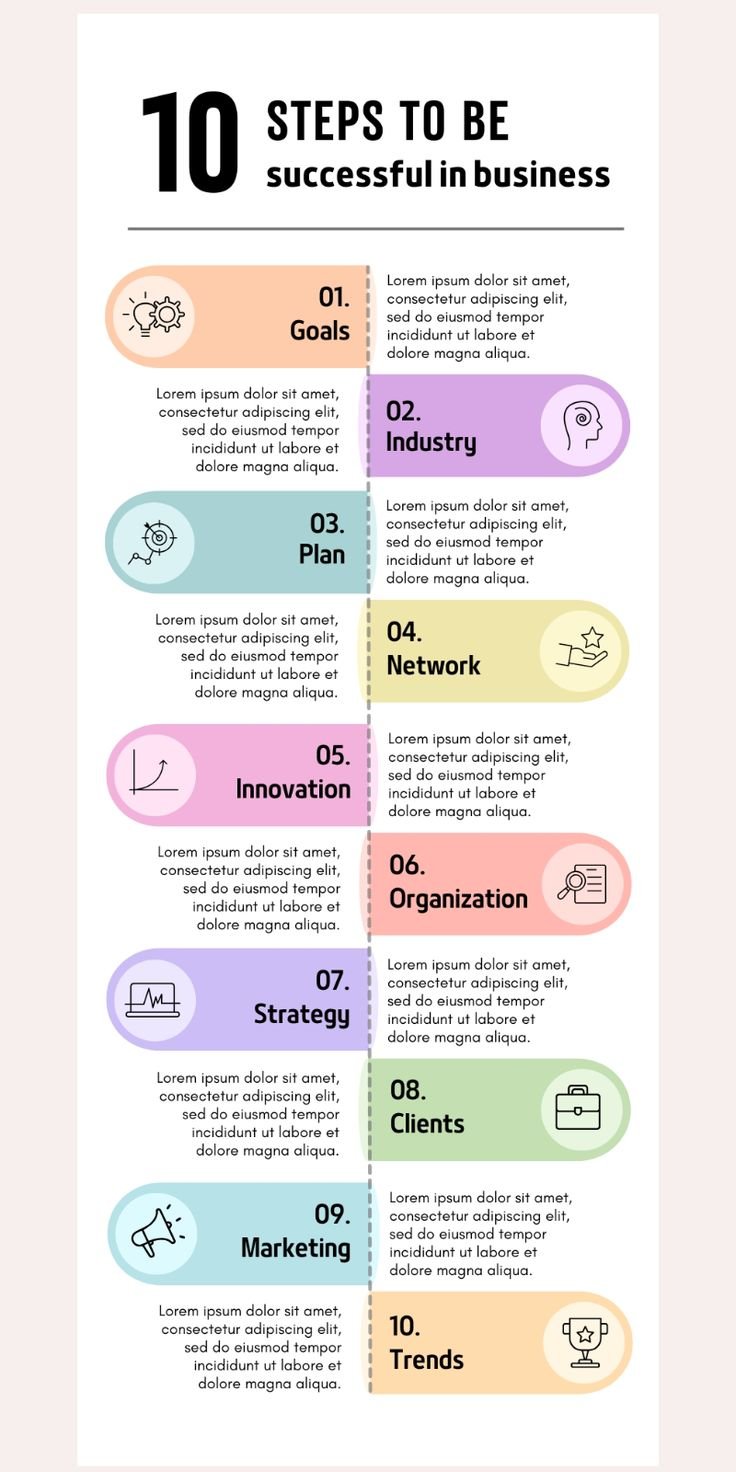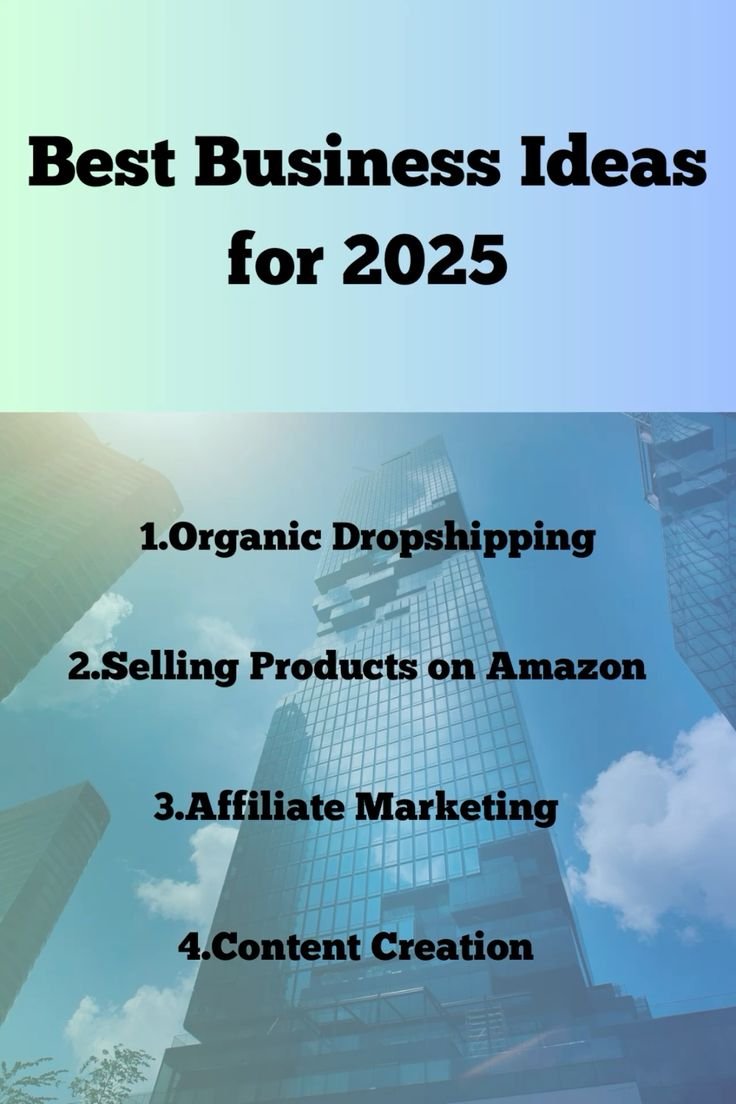In 2025, businesses are facing increasing pressure to streamline operations and enhance efficiency in order to stay competitive. Whether you’re managing a small startup or a large corporation, improving business efficiency is crucial for growth and profitability. By leveraging the right tools and strategies, businesses can optimize their workflows, reduce costs, and increase productivity. This article will explore the most effective tools and strategies to boost your business efficiency and set you on the path to success.
1. Automate Repetitive Tasks with Smart Software Solutions
Automation is one of the most effective ways to increase efficiency. In 2025, businesses are using software tools to automate repetitive tasks such as data entry, invoice processing, and social media management, freeing up valuable time for employees to focus on more strategic work.
- Key Developments: Tools like Zapier, HubSpot, and Monday.com offer automation capabilities that integrate with various software and applications, allowing you to automate workflows and reduce manual intervention. For example, Zapier connects your email, CRM, and project management tools to automate task assignments and follow-ups.
- Why It Matters: Automation helps reduce human error, save time, and lower operational costs. By automating routine tasks, businesses can improve accuracy, speed, and employee satisfaction while maximizing resources for more valuable tasks.
2. Implement Cloud-Based Collaboration Tools
Cloud-based tools are transforming how teams collaborate, share information, and manage projects. In 2025, cloud solutions are enabling businesses to access real-time data and collaborate seamlessly, regardless of location, ensuring that teams remain productive and aligned.
- Key Developments: Platforms like Google Workspace, Microsoft 365, and Slack allow businesses to store documents, share files, and communicate with team members in real time. These platforms also integrate project management features that enable teams to stay on top of deadlines and tasks.
- Why It Matters: Cloud-based tools improve communication, streamline collaboration, and ensure that employees have access to the information they need at any time. They also promote remote work flexibility, helping businesses remain adaptable and efficient in a dynamic work environment.
3. Leverage Data Analytics for Informed Decision-Making
Data analytics is a powerful tool for boosting business efficiency by providing insights that guide decision-making. In 2025, businesses are using data to identify trends, forecast demand, optimize processes, and improve customer experiences, all of which contribute to greater operational efficiency.
- Key Developments: With the rise of artificial intelligence and machine learning, businesses can now analyze large datasets more effectively to predict outcomes and make better decisions. Tools like Tableau, Google Analytics, and Power BI allow companies to track key performance indicators (KPIs) and optimize operations based on data-driven insights.
- Why It Matters: By leveraging data analytics, businesses can identify inefficiencies in their operations and make informed decisions to improve performance. Data-driven decisions help optimize resources, minimize waste, and align business strategies with customer needs.
4. Adopt Lean Management Practices
Lean management is a set of principles that focuses on improving efficiency by eliminating waste and streamlining processes. In 2025, more businesses are adopting lean methodologies to improve workflows, enhance product quality, and increase profitability.
- Key Developments: Companies are implementing lean techniques like Kaizen (continuous improvement), Six Sigma (process optimization), and value stream mapping to identify and eliminate inefficiencies in their operations. Lean management is also being applied to various areas, including manufacturing, supply chain management, and customer service.
- Why It Matters: Lean management principles help businesses reduce waste, enhance productivity, and focus on delivering value to customers. By continuously improving processes, businesses can remain competitive and responsive to market changes.
5. Optimize Customer Relationship Management (CRM) Systems
A well-optimized CRM system is essential for boosting business efficiency, particularly in sales and customer service. In 2025, businesses are leveraging advanced CRM tools to automate customer interactions, track leads, and improve service quality, resulting in increased customer satisfaction and retention.
- Key Developments: CRM platforms like Salesforce, HubSpot, and Zoho CRM offer AI-powered features that assist with lead scoring, personalized communication, and pipeline management. These tools also provide real-time insights into customer behavior, enabling businesses to tailor their marketing and sales strategies.
- Why It Matters: A CRM system improves the efficiency of customer interactions, reduces manual follow-ups, and ensures that customer data is organized and easily accessible. By providing personalized experiences and quicker response times, businesses can increase conversion rates and build long-term relationships.
6. Streamline Supply Chain Management with Technology
For businesses that rely on supply chains, optimizing logistics and inventory management is crucial for efficiency. In 2025, businesses are adopting technology-driven supply chain solutions that enable better demand forecasting, real-time inventory tracking, and seamless communication with suppliers.
- Key Developments: Advanced software tools like SAP, Oracle, and Kinaxis use AI and machine learning to predict demand fluctuations, optimize stock levels, and enhance supply chain resilience. Technologies like IoT (Internet of Things) and RFID tags are enabling real-time tracking of goods throughout the supply chain.
- Why It Matters: Efficient supply chain management reduces operational costs, minimizes stockouts and overstocking, and ensures timely delivery of products to customers. Technology helps businesses optimize inventory, reduce waste, and improve supplier relationships, ultimately driving business growth.
7. Prioritize Employee Training and Development
Investing in employee training is a key strategy for improving business efficiency. In 2025, businesses are focusing on upskilling their workforce to keep up with the latest technologies and industry trends, ensuring that employees are equipped with the skills to perform efficiently and contribute to business success.
- Key Developments: Learning management systems (LMS) such as Coursera for Business, Udemy for Business, and LinkedIn Learning offer businesses a wide array of training modules and courses. Employees can learn new skills, improve their performance, and stay up-to-date with industry best practices.
- Why It Matters: Well-trained employees are more productive, better equipped to solve problems, and can contribute to continuous improvement efforts. Investing in professional development enhances employee satisfaction and retention, while also driving organizational efficiency.
8. Implement Effective Time Management Practices
Effective time management is a simple yet powerful strategy for boosting business efficiency. In 2025, businesses are adopting tools and techniques that help employees manage their time more effectively, leading to increased productivity and better work-life balance.
- Key Developments: Time-tracking software like Toggl, Clockify, and RescueTime allows employees to monitor their time usage, identify time-wasters, and improve productivity. The use of techniques like the Pomodoro Technique and time-blocking is also becoming widespread in modern workplaces.
- Why It Matters: Time management tools help employees stay focused, prioritize tasks, and allocate time effectively. By encouraging employees to manage their time better, businesses can enhance productivity, reduce burnout, and achieve better overall results.
9. Enhance Communication with Collaboration Tools
In 2025, effective communication is critical for business efficiency, particularly as remote and hybrid work environments become more common. Collaboration tools improve how teams interact, share information, and manage projects, ensuring that everyone is aligned and productive.
- Key Developments: Collaboration tools like Slack, Microsoft Teams, and Asana are enabling real-time communication, file sharing, and project management. Video conferencing platforms such as Zoom and Google Meet also facilitate virtual meetings and discussions, helping teams stay connected.
- Why It Matters: These tools enhance team collaboration, reduce miscommunication, and streamline workflows. By improving communication, businesses can ensure that projects move forward efficiently and employees work together seamlessly, regardless of location.
Conclusion
Boosting business efficiency is not just about cutting costs—it’s about improving processes, leveraging technology, and empowering employees to work smarter. By adopting the right tools and strategies, businesses can enhance productivity, streamline operations, and deliver superior customer experiences. From automating tasks and optimizing supply chains to prioritizing employee development and improving communication, these efficiency-boosting tactics will help businesses thrive in the competitive landscape of 2025 and beyond. Embrace these strategies today to unlock your business’s full potential and drive success.







